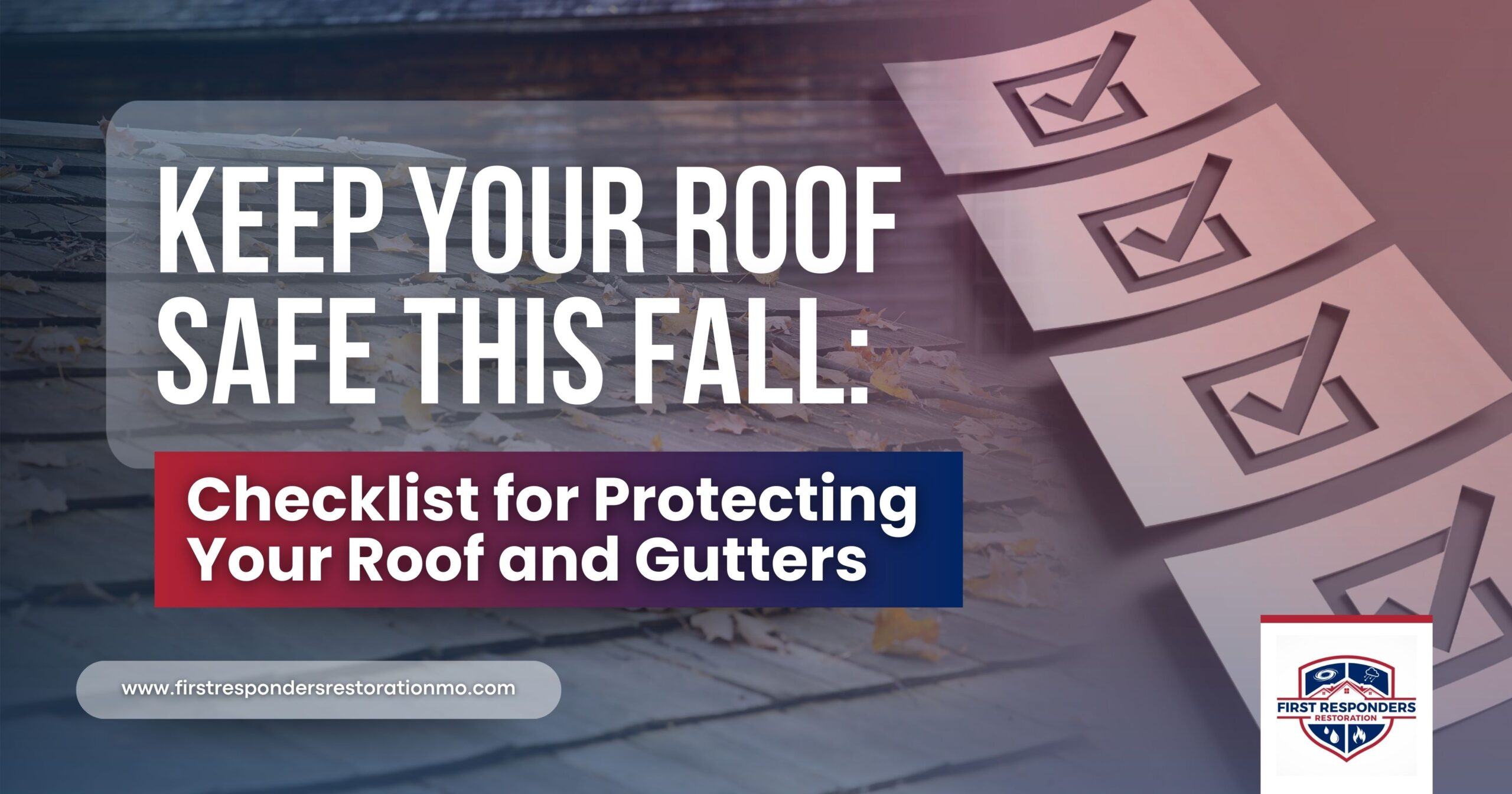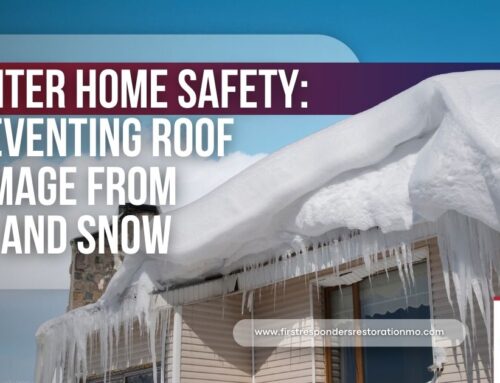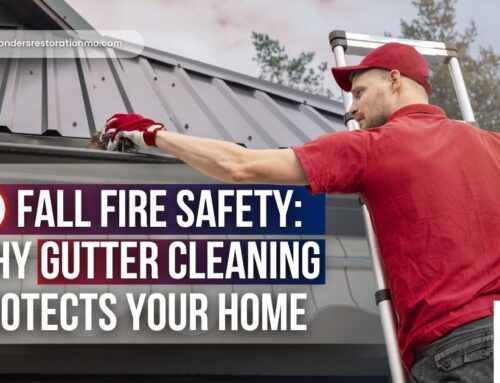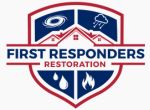Essential Fall Checklist for Protecting Your Roof and Gutters: A Guide to Roof Waterproofing
Roof waterproofing is especially important in Missouri during the fall, when strong winds and heavy rain can take a toll on your home’s roof and gutters. Think of them as your home’s first shield against bad weather. By taking a little time now to get them ready, you can save yourself a lot of worry and expensive repairs later on. This simple checklist will walk you through everything you need to do to make sure your home is safe and sound for the season ahead.
Why Fall Prep is So Important for Roof Waterproofing
Missouri weather can be unpredictable. One minute it’s a calm autumn day, and the next, a big thunderstorm rolls in. When your gutters are full of leaves and twigs, they can’t do their job of moving water away from your home. This can cause water to spill over and pool around your foundation, which can lead to problems like basement flooding. The trapped water can even seep under your roof shingles and cause leaks.
Plus, strong winds can tear at loose shingles, creating a way for water to get in. Taking care of these small things now, before the worst of the weather arrives, is the best way to prevent a big emergency later. It’s all about being prepared.
Your Easy Fall Roof Waterproofing and Gutter Care Checklist
Getting your home ready for fall doesn’t have to be a big chore. Just follow these simple steps, and you’ll be all set.
A Few More Tips to Prepare for Storm Season
Here are a few other things you can do to make sure your home is ready for whatever weather comes your way.
FAQ
Conclusion
Getting your home ready for fall is one of the kindest things you can do for yourself and your family. A little proactive care now goes a long way in preventing big problems later on. By following this simple checklist, you can be confident that your home is safe, dry, and secure for the season. Don’t wait until the next big storm to check things out.
Don’t leave your home’s safety to chance. For peace of mind, contact First Responders Restoration for a professional roof and gutter inspection in St. Louis today. We’re here to help you get ready for the season.








Leave A Comment